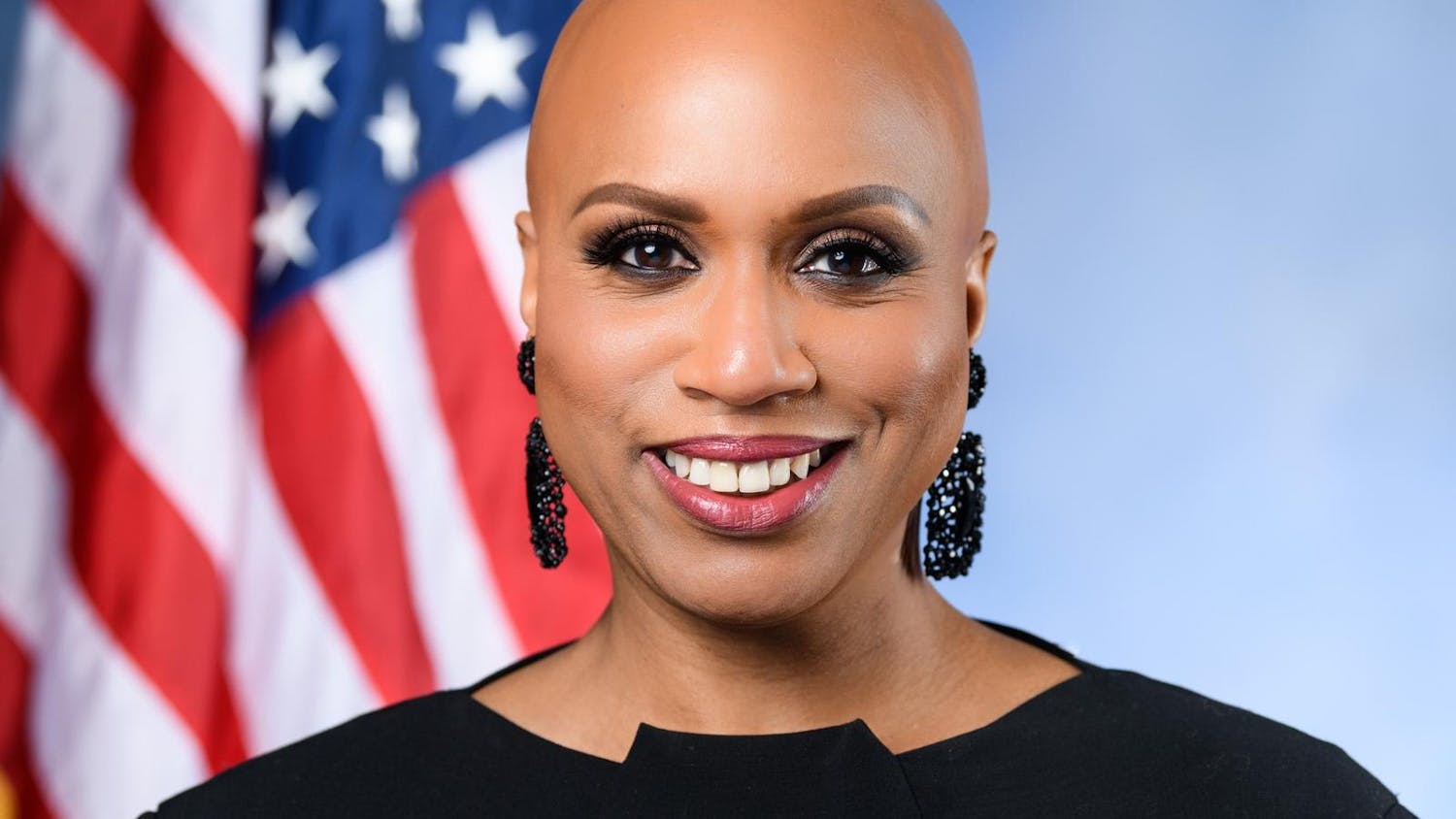“It is not easy to kill without repercussions,” said Ashis Nandy, an Indian political psychologist, while speaking about the 1947-48 partition of India to a crowded room in Pembroke Hall. “Even though the participants of the partition say they do not feel guilty about their action, their bodies and shaking voices tell another story.”
Approximately 50 people gathered Wednesday to hear Nandy — who was listed by Foreign Policy magazine as one of the world’s “top 100 public intellectuals” in 2008 — give the fourth OP Jindal Distinguished Lecture entitled “Forgetting the Unforgettable: Memories of Killing.” His lecture focused on micro-aspects of the partition, emphasizing interviews and oral histories of those who participated in the violence. The generation that witnessed the violence will be gone in the next 10 to 15 years, so it is important to get their stories now, Nandy said.
Nandy has conducted 1,500 interviews over the last 10 years with both perpetrators and victims of the violence. “In our study, roughly 40 percent of respondents said that they were directly helped by somebody of the opposition or knew of someone being helped by the opposition,” Nandy said. “This was a different kind of mass violence. No other genocide was the same.”
Nandy focused on the “softer parts of the violence,” such as the remorse participants experienced, said Vazira Zamindar, associate professor of history and commentator of the lecture.
Nandy traced the history of the partition through the story of two different individuals to illustrate two dimensions of the violence.
The first story was of a sick farmer who told Nandy: “Since they attacked us, we had to attack them.” The man showed no sense of loss and “talked almost like a retired soldier that has given good fight against the opposition,” Nandy said.
The second story portrayed the opposite reaction to the partition through the eyes of another Hindu farmer. As violence broke out in the mid-1940s, the farmer’s village protected the Muslims in their community. But this protective atmosphere did not last, and gunshots were fired when a train of corpses arrived from Pakistan, Nandy said. This farmer, unlike the first, was still haunted by the memories of those he had killed.
“Partition is not an event that took place in the past. It is not something that has happened and is over,” Zamindar said.
Though the partition bears significance for contemporary Indian society, it was followed by a profound silence, Nandy said, adding that many participants are hesitant to reveal their stories to their children and grandchildren as well as scholars because it remains a sensitive topic.
Nandy broke the silence by probing the history of partition violence in his research. “I was nine when partition violence began and when I studied partition violence I was 60 or so,” he said. “But when I started, there were one or two people who had studied this before me.”
Himani Sood ’15 said she understood the silence surrounding the partition as part of Indian culture, which adheres to the mantra “we should look to future and not the past, since the past is bleak.” Sood added she was intrigued by Nandy because of his alternative theories and focus on narratives of violence.
This marked the first of two lectures on the partition sponsored by the Brown-India Initiative. The second will take place Friday in the Joukowsky Forum at the Watson Institute for International Studies.
ADVERTISEMENT




